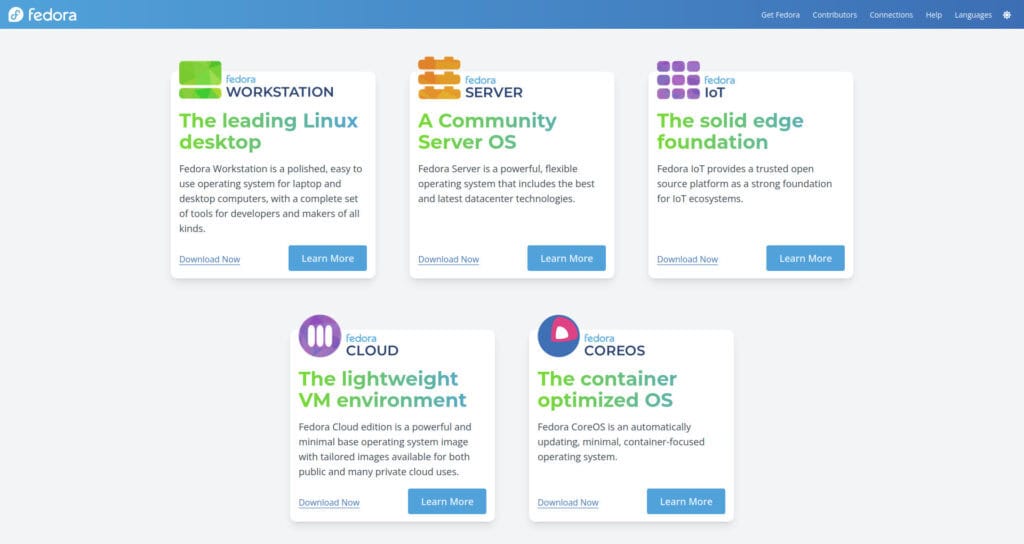There’s news, but then there’s the kind of news that can really shake things up—and this is definitely the latter.
When Joshua Strobl, the creator and maintainer of Fedora Budgie Spin and Fedora Budgie Atomic, officially proposed on this year’s April Fool’s Day that the Plasma Spin should replace the current GNOME release as Fedora’s main edition, I have to admit I initially thought it was a not-so-original April Fool’s joke. Let me tell you why.
Fedora is widely recognized as a project that enjoys substantial backing from Red Hat—financially, with infrastructure, and through a talented team of developers. This strong support is fantastic because it ensures Fedora maintains the high quality we’re all familiar with.
However, what’s less commonly known is that Red Hat also dedicates considerable resources to the GNOME Project. This support includes funding, development contributions, and employee time. If you’ve ever wondered why the GNOME desktop is featured as the primary option in both Red Hat’s RHEL and Fedora, this explains it.
Although KDE has long held its place as the other leading desktop environment, it has often stayed somewhat in the background, overshadowed by the GNOME desktop promoted by Linux heavyweights like Red Hat and Ubuntu.
In Fedora’s case, it’s available as Fedora Spin. Just for reference, in Ubuntu’s case, it is Ubuntu Flavor. Two little words, “spin” and “flavor,” translated into more simple, non-technical language, mean, “This isn’t our flagship and best-supported offering, but it’s here if you’d like it.”

When a new Linux user visits the Fedora site, they’re presented with a few official options, with Fedora Workstation leading the way.

Typically, new users don’t know what a “Spin” is, so they end up downloading the default, recommended version—which makes perfect sense. And just like that, they get the GNOME desktop. There is nothing wrong with that, of course, but it does have a way of putting one solution in the spotlight, even when there might be another (possibly better) option left in the shadows.
And somewhere in here, to my infinite surprise, as I wasn’t expecting it, hats off to Fedora! In a significant development, the Fedora KDE Plasma Desktop Spin has officially been granted Edition status, which promises greater visibility and support for the KDE experience on Fedora Linux. In simple terms, Fedora Workstation and the KDE Plasma edition are now on the same level.
This upgrade was recently approved by a full majority of nine votes in favor by FESCo, a key governing body within the Fedora Project that oversees various technical decisions related to the development of Fedora, following an open request made by Neal Gompa, one of FESCo’s members.
With the new status, Fedora KDE Plasma Desktop Edition will now be listed alongside the flagship Fedora Workstation Edition on the official Fedora website, highlighting it as an equally prominent choice for users.
Additionally, a flagship webpage will be dedicated to Fedora KDE, much like the one for Fedora Workstation, showcasing its features, benefits, and unique capabilities.
This recognition also opens doors to marketing support, positioning Fedora KDE on par with Fedora Workstation at key community events. This means users will see more dedicated outreach and promotional activities for KDE Plasma as a desktop environment option.
But what’s most important is that one of the major Linux players is about to disrupt the status quo, which has mainly promoted the usual GNOME default. Sure, plenty of smaller distros rely on KDE, but when one of the prominent Linux names demonstrates recognition of something that’s been a favorite for a huge part of the community for years, it changes the game.
As anticipated, due to this decision, the Fedora KDE Special Interest Group has agreed to withdraw its previous proposal to switch Fedora Workstation’s default desktop environment from GNOME to KDE Plasma.
These changes will take effect with the upcoming Fedora 42 release, expected in mid-April 2025, in which, just to remind you, the new Anaconda Web UI Installer is also expected to debut.
So, I can hardly wait to see them in action, and I’m beyond curious about how Fedora will spotlight their new KDE flagship release. In the meantime, I can’t help but borrow a legendary line: “That’s one small step for Fedora, one giant leap for community.”
Well done, Fedora!
